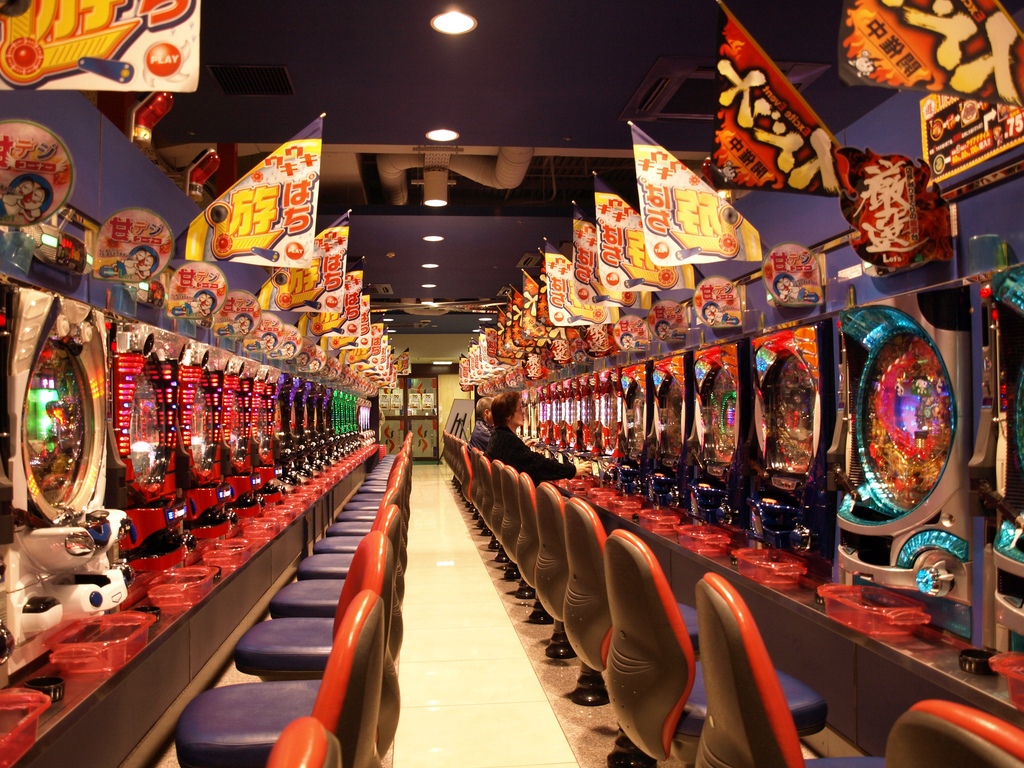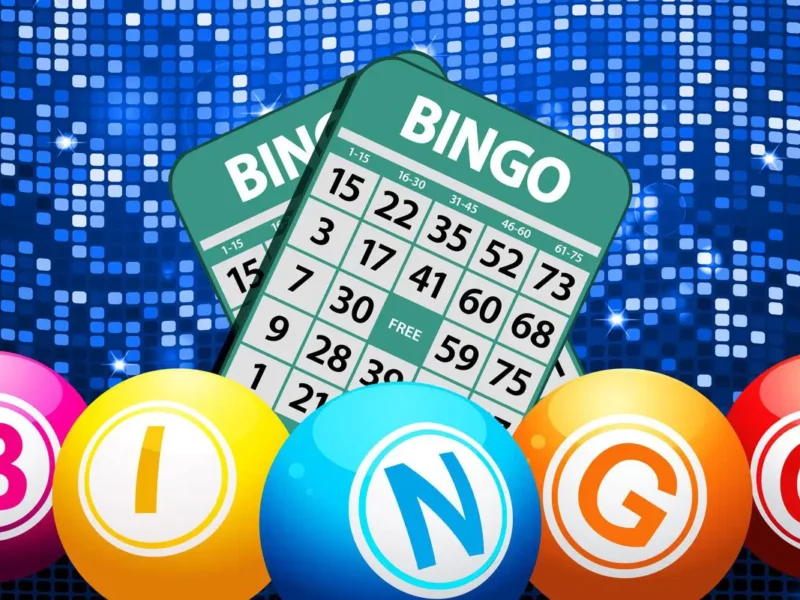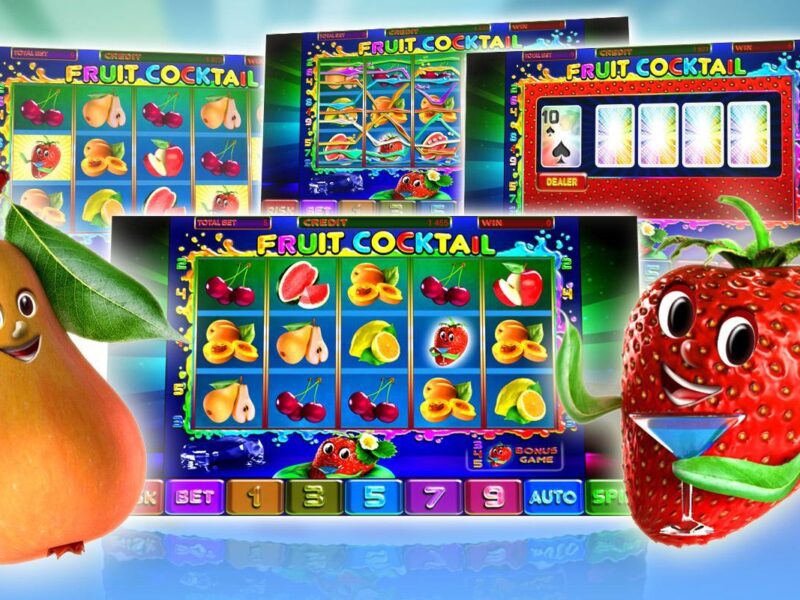Pachinko, a popular Japanese pastime, has its roots in the early 20th century. While gambling is prohibited in the country, players can place bets on certain types of races or participate in lotteries. Pachinko combines features of a slot machine and vertical pinball and is housed in dedicated parlors and salons visited by millions of Japanese.
Rules, Objectives, and Features of the Game
Pachinko machines first appeared in Japan in the early 20th century, initially installed in confectioneries for children to win candies. Later, adults became interested in this entertainment, initially called “Corinth Game,” and machines began to be placed in dedicated parlors. Pachinko machines represent a more complex version of pinball, where the player’s goal is to get a metal ball into a special hole on the playing field. Balls roll down, overcoming various obstacles. Steel balls have a specific denomination depending on the particular Pachinko variant. Key features of the game include:
- Ball cost ranges from 0.5 to 4 yen.
- Players can buy balls directly in the machine.
- Establishment cards are used for transactions.
- Obstacles on the field alter the trajectory of the balls.
- Balls are ejected from the machine every 0.5-0.6 seconds.
- Ejection speed and force are adjusted with a lever.
- Each sunk ball triggers drums on the digital machine.
Pachinko machines have special holes for significant winnings. If balls land in these, numbers appear on the screen. Specific combinations of numbers reward players handsomely. The game includes a “reach” mode to increase excitement. Matching three symbols transitions the Pachinko machine into payout mode. A wide opening at the bottom of the field opens up, making it easier for players to score. Up to 12 balls can be won for each successful launch.
Payouts and Additional Functions of Pachinko
Pachinko machines feature several auxiliary options. In Kakuhen mode, the chances of hitting the jackpot increase with 3 to 10 consecutive payouts. When the Jitan function is activated, players receive dozens of spins at a high drum rotation speed. In this mode, a “tulip” hole appears, making it easier for balls to land. With the Senpuku option, winnings can occur at any unpredictable moment. Some Pachinko models have mission or berserk functions, significantly increasing the chances of victory. Signs of an imminent jackpot include changes in lighting tone, unusual musical accompaniment, and video clips with hints. Another option is Koatari, where the payout hole randomly widens for a short time, facilitating the entry of metal balls.
In classic Japanese Pachinko, traditional cash prizes are not provided. Players receive winnings in the form of consumer goods. Occasionally, tokens or figurines are issued, which can be exchanged for money, but this happens illegally in underground exchange zones.





